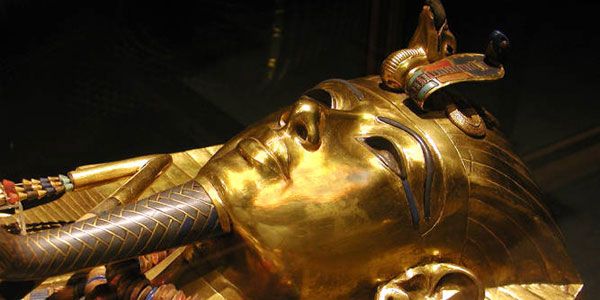The tomb of Tutankhamen (1361-1352 BC) in the Valley of the Kings in Luxor, some 700 kilometres south of Cairo, famous as the only pharaonic tomb to be found intact, is one of the major tourist and archaeological attractions in the world. But it is soon to to close its doors to the public, probably for ever.
For 23 centuries the pharaoh's tomb had remained undisturbed until it was discovered in 1922 by British archaeologist Howard Carter. Since then, the descent into the bowels of the earth, down the stone steps leading to the secret burial chamber and the small treasure house has been one of the greatest adventures available to Egyptologists. It is as if the steps led into the heart of history, and the mummy of the pharaoh himself – stripped of the rich burial vestments, which are on display at the museum in Cairo– were there waiting to greet you. But it is an adventure that will soon return to the realms of fantasy.
Tutankhamen’s tomb is not alone in opting to close: already in the Valley of the Kings, the tomb of Seti I, father of Ramses II, who reigned between 1314 and 1304 BC, and nearby, in the Valley of the Queens, that of Queen Nefertari, wife of Ramses II have ceased to welcome visitors. According to experts, the colours inside these tombs have begun to fade, and some murals have disappeared completely; if steps were not taken, within just 200 years this magnificent heritage could be destroyed by the breath of tourists who visit, especially in the summer months when temperatures reach 50 degrees.
In order to protect these antiquities, a decision has been made to create replicas. Using lasers, experts have already started to copy the fine details of the drawings and writings that adorn the walls of the three tombs. It will still be possible to visit tombs in the Valley of the Kings on the west bank of the Nile, but they will be copies and the general public will see only finely crafted replicas; the original tombs will once more become the domain of archaeologists.








